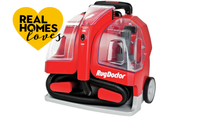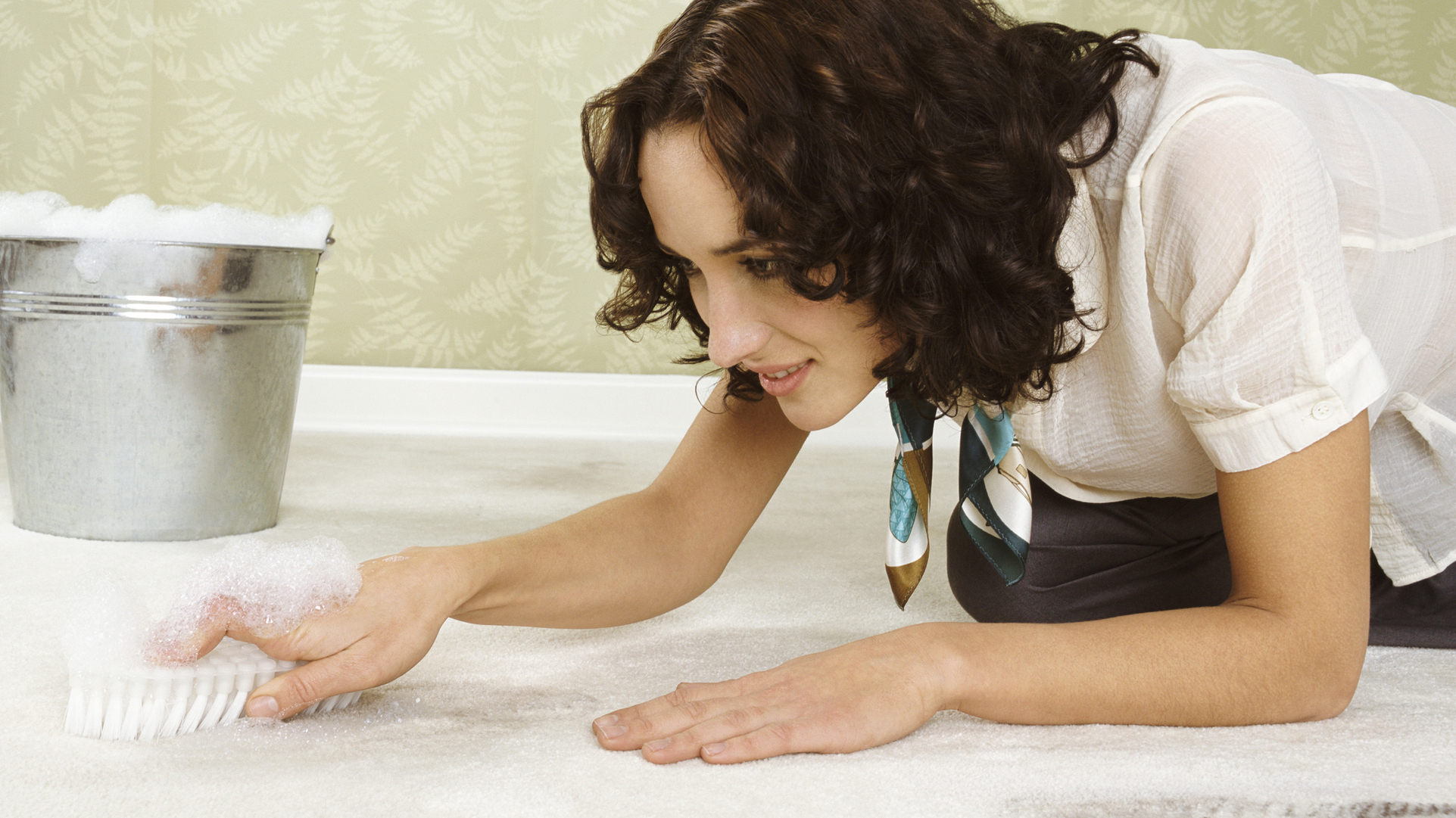
In autumn, you really need to know how to remove stains. Your kids' muddy sports kits? An unfortunate skid-mark in the long grass? Muddy paw prints on the furniture (the dog's not yours)? Wine spills from an over-enthusiastic dinner guest on the tablecloth or (gasp) carpet? Shift the unavoidable stains that a long autumn/winter indoors (or out) brings with some of these store cupboard remedies.
And once you've done that, take a look at all our cleaning hacks, advice and buying guides for a sparkling home...
How to remove stains – effectively
When it comes to stains, the fresher they are, the easier they will be to remove, so always treat stained clothes or fabrics, whether upholstery or bedding, before putting them into the washer or dryer. Check the care labels for the temperatures you need to wash and dry at, too. If you wash and dry the stain at the wrong temperature you might spread it or set it permanently into the fabric.
How to remove stains with home remedies
Best way to remove old stains from clothes – white ones, that is
The fantastic combination of sun, lemon juice and salt is the best way to remove old stains and discolouration from your summer wardrobe of white T-shirts and white linen shirts. Note: this process is not recommended for coloured items of clothing – you can find methods for that, below.
1. Just dampen the stain with water and squeeze some lemon juice directly onto the stain.
2. Pour salt over the lemon juice and gently rub the fabric together so that the abrasiveness of the salt helps to work the lemon juice into the stain.
3. Rinse with water and then squeeze more lemon juice over the stain.
4. Hang the garment in the sun for as long as you possibly can and allow it to work its bleaching magic.
5. When it is dry and has been in the sun for a good while, put the garment through its regular wash.
Distilled white vinegar – it’s gentle and cheap. Always use white vinegar because other varieties can stain fabrics. Use our guide to find more ways to clean your home with vinegar.
Baking soda – effective in stain removal and cleaning, as well as an odour reducer when used in a laundry wash. Use our guide to find more ways to clean your home with baking soda.
Lemon juice – has a natural bleaching action on fabrics because it contains acetic acid. Find more ways to use lemon to clean your home in our guide.
Hydrogen peroxide – a great alternative to the much harsher chlorine bleach. The 3 per cent solution sold as a first aid disinfectant is the best option.
Talcum powder – powders which contain corn starch or white chalk are good natural treatments to help absorb oily stains.
Salt – good for absorbing liquid stains before they set.
Surgical spirit – a solution of ethanol and methanol used primarily to sterilise surgical instruments and also to disinfect small cuts and harden the skin. It is also a great household cleaning agent.
How to remove grass stains
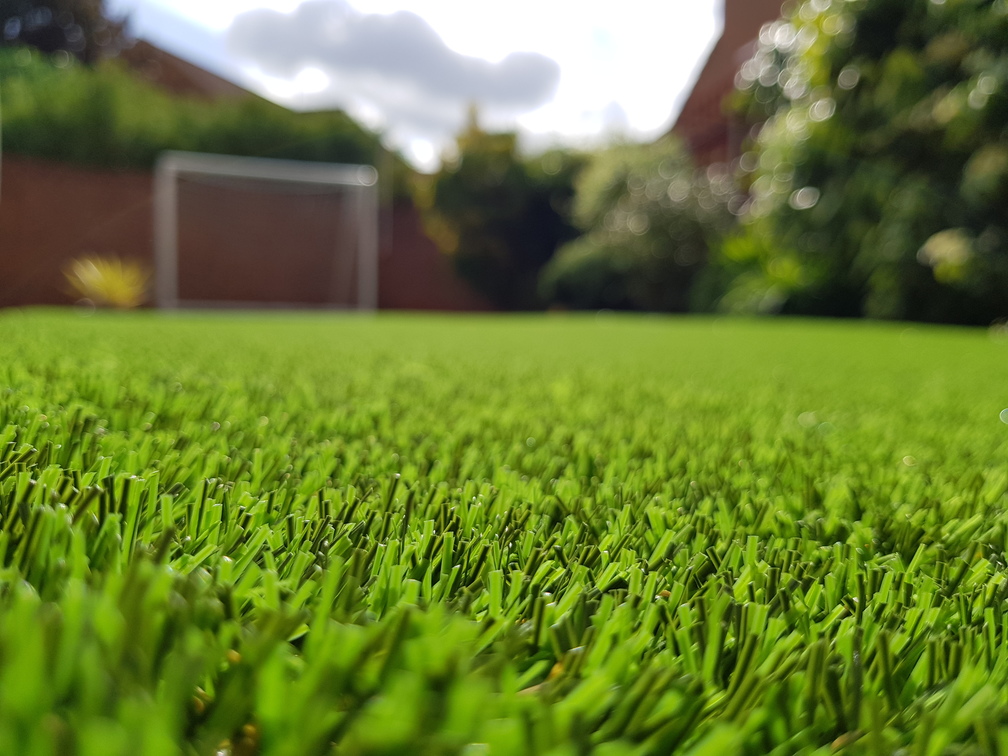
How to remove stains from coloured clothes
Been rocking your Hawaiian shirt this summer? Find out how to get those barbecue/drink/grass stains out of it:
1. White vinegar is your best friend when cleaning up stains, and it can work wonders on coloured clothes. Our advice? Always do a patch test first. Here's what to use: mix two parts water with one part vinegar to pre-treat the stain. Spritz or dab it on and leave for 30 minutes before popping the item in the wash, following care label instructions.
2. Use the tips above and below to get out specific stains.
Beginning to regret that football match after the picnic? Grass stains can be tough to remove because they contain bright green chlorophyll and other naturally occurring chemical compounds which are pigmented, and they just love to bind to natural fabrics such as cotton, wool or silk. Here are four ways to remove them.
1. Try to treat a grass stain as soon as possible – the longer you leave it, the more deeply the pigment will set into a natural fabric. In synthetic fabrics such as polyester or nylon the stain will usually just sit on the top of it and be washed off easily. Start by soaking the stained item of clothing in cold water before you do anything else. Wring out excess water before you start to treat the stain.
2. Mix 80ml of distilled white vinegar with 160ml of water. Apply it to the stain and allow it to soak in before blotting with a clean cloth, repeat the process and then wash as usual.
3. Soak the garment in a mixture of washing up liquid and hydrogen peroxide for about 10 minutes and then scrub with a toothbrush. Repeat the process until the stain is completely gone before rinsing in hot water and putting in the washing machine.
4. Surgical spirit contains alcohol, which is a solvent that helps to loosen and lift the green pigmentation left by the grass. Apply a small amount to a clean sponge and dab it across the stain. Try not to wipe or scrub as this will spread the stain across the clothing. Rinse in cold water and then massage a little liquid detergent, or powdered detergent made into a paste, deep into the affected area. Allow it to sink into the fabric for five to 10 minutes before washing in your machine as normal. Surgical spirit may remove the colour from garments that aren’t white, so test on a hidden area before you proceed.
How to remove sweat stains

They're the price you pay for seeking out that summer sun... It’s often your aluminium-based deodorant reacting with your sweat that causes those dreaded yellow rings. Here are six ways to remove them.
1. Start by spot treating them with distilled white vinegar. Add two tablespoons of vinegar to a cup of water and apply to the stained area. Rub gently and then let the mixture sit on the stain for 30 minutes. Use a cold water wash to clean your treated garments initially. Don’t add any heat until the stain has gone completely.
2. Pre-treat your clothes with a paste made from four tablespoons of baking powder and one quarter of a cup of warm water. Rub it into the affected area and let the paste dry for around two hours before washing.
3. Mix together equal parts baking soda and hydrogen peroxide with equal parts water and work into a paste. Rub it gently into the stains and then place the garments in a cold wash.
4. Try rubbing a mix of equal parts water and lemon juice into the yellow rings before placing them in a cold wash.
5. Dissolve four tablespoons of salt in one litre of hot water. Sponge the garment with the solution until the stain disappears.
6. If you find that those sweat stains are stubborn, try a two-pronged attack. Firstly, mix one cup of vinegar with two cups of water and let your clothing soak for 20 minutes in it. Then mix half a cup of baking soda with a tablespoon each of salt and hydrogen peroxide to make a paste. Wring out your garment before rubbing the mixture into the stained area. Finally, place it in a wash load of whites.
How to remove tar stains
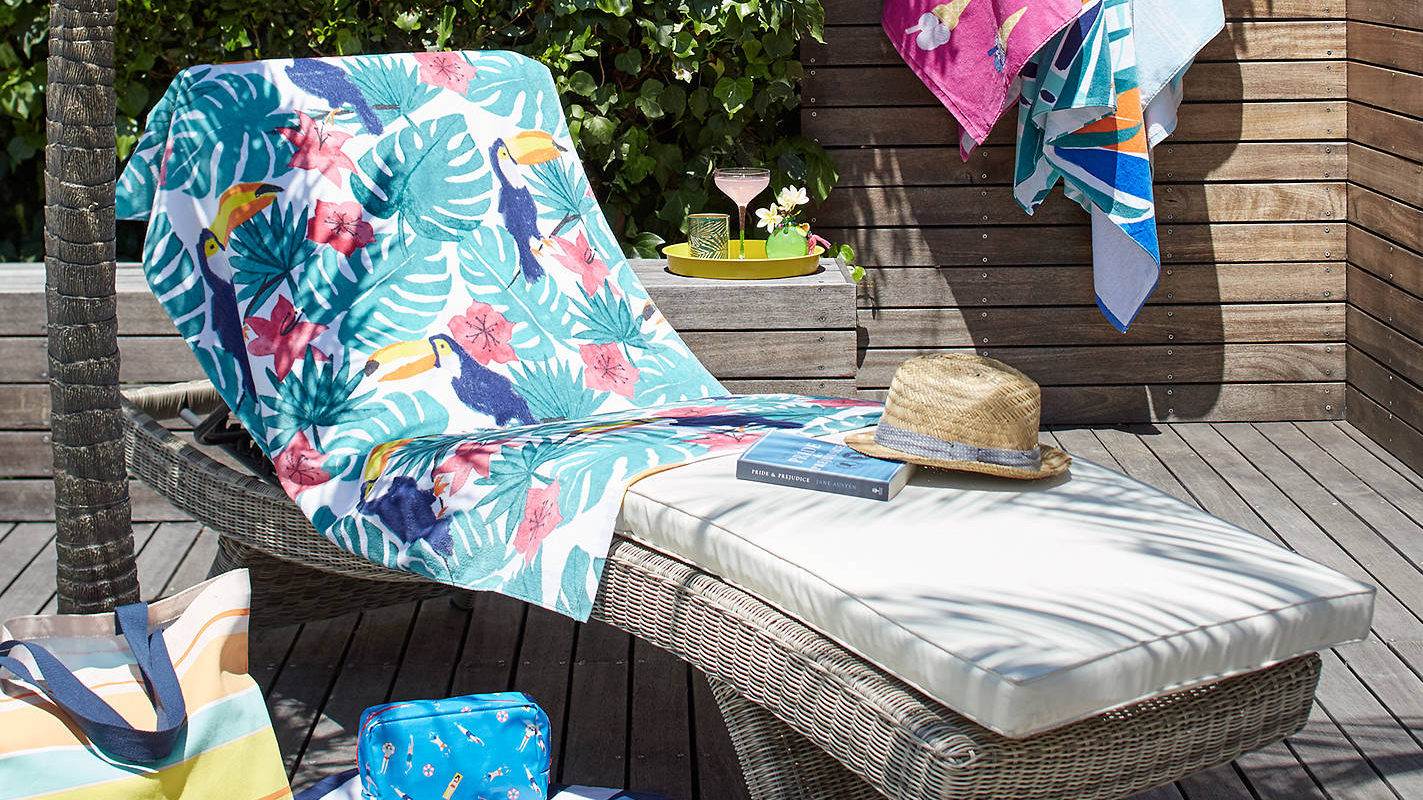
When it's so hot the roads are melting (or you've picked it up at the beach). Try these stain removal methods.
1. Make a start by carefully scraping away the surface deposits of tar with a blunt knife.
2. If the tar has been trodden into the carpet, soften it first with a solution made up of equal parts water and glycerine. Leave it on for up to an hour before rinsing it off with clean water and blotting well. Follow this up with a proprietary carpet cleaner such as Dr Beckmann Carpet Stain Remover or Vanish Carpet Cleaner.
3. If the tar has got onto a washable fabric, try holding a wad of absorbent paper towels over the stain while dabbing it from underneath with paper towels moistened with eucalyptus oil. Make sure that you frequently move the positioning of the towels both above and below so that you are constantly working with a clean area. Keep doing this until no more of the stain transfers to the towels. Rub some liquid detergent into any remains of the stain and machine wash on as high a temperature as the fabric allows.
How to get rid of red wine spills
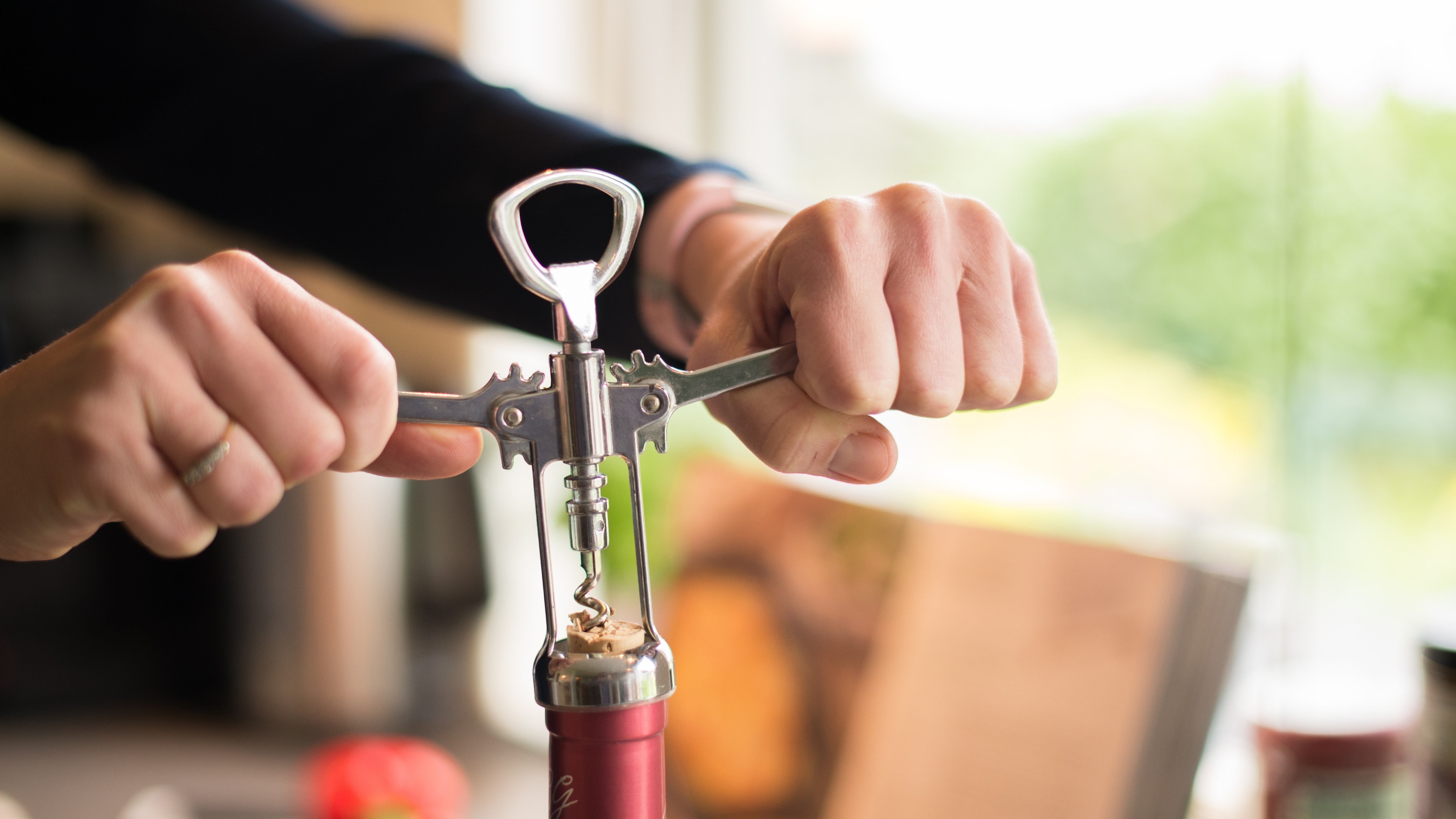
One too many at a garden party? Need we say more? Yes, we probably should tell you how to get rid of them. First up: clothes:
1. Drape the fabric over an empty bowl, making sure that the stain is centred within the rim. Soak up any excess by dabbing at the stain with a clean, dry cloth. Avoid rubbing at it because this can cause it to set.
2. Pour some cool water over the stain, making sure it is thoroughly soaked before putting a generous helping of salt on top of it. Allow the salt to sit on the stain and it should begin to turn pink as it absorbs the stain. The sooner that you can put the salt onto the stain, the more effective it will be.
3. Boil some water and carefully pour it onto the stain from about 15cm to 20cm above it. Leave the fabric for a while to let the stain lift. If you find that there is still a stain, soak the fabric in a solution of one part vinegar to two parts water. Once the stain lightens, launder it as usual.
4. Never tumble dry any fabric from which you have not yet completely removed the stain because the heat will cause the stain to set.
Find more ways to remove red wine stains in our step by step guide.
How to remove stains from a carpet

If the red wine has ended up on your carpet, there are a few things that you can try:
1. While the stain is still wet, dab it carefully with a clean, dry cloth to draw up as much of it as you can before pouring salt all over the stain. In the next few hours it will draw out the moisture and begin to turn a pinkish colour. You can let it stay there overnight if you wish. After a few hours have passed, scoop up the salt and vacuum the carpet. The stain should either have gone or be significantly reduced, although this remedy will not be effective on a dry stain.
2. For a wet or dry red wine stain on your carpet, mix one tablespoon of washing up liquid with one tablespoon of distilled white vinegar and add it to a bowl that contains two cups of warm water. Stir it well and soak a clean cloth in the mixture before dabbing it onto the affected area of the carpet to loosen the stain. Use a second, dry cloth to collect any excess liquid as you go, alternating between the two. Then carefully pour a small amount of cold water directly onto the stain and dab it gently with the dry cloth. You can repeat this process as necessary until the stain is removed.
Find more ways to clean and remove stains from carpets in our guide.
The best carpet cleaner is the Rug Doctor Portable Spot Cleaner thanks to its ease of use and effectiveness. Complete with a retractable handle, which is designed to make it easy to move around the house, this spot cleaner is especially useful for spills on the stairs or upholstery that needs brightening up, as well as carpets.
We think the best carpet cleaning product you can buy is the Dyson Zorb Powder due to the fact it requires no water, it just needs to be sprinkled on your carpet and 20 minutes later, vacuumed up.
How to remove grease and oil stains

Barbecue casualties? How could you have missed your mouth with that oily mayonnaise and slippery sausage? Grease clings to clothing because it is a lipid and is insoluble in water, it’s a difficult stain to remove, but not impossible. Try these methods:
1. Use baking soda to remove grease or oil stains
Lay the garment flat and place a piece of cardboard or an old towel beneath the stain. If the stain is fresh and hasn’t been through the washer and dryer yet, sprinkle baking soda on top of the grease.
2. Use washing up liquid to remove grease or oil stains
If it has already set, pour enough washing up liquid onto the stain until it is well covered. Leave the baking soda or washing-up liquid on the stained area for about five to 10 minutes.
Use a toothbrush to gently scrub the soda or washing-up liquid into the stain, working it in well without damaging the fabric. If the stain is fresh, you should notice the baking soda changing colour and you can then scrape the first coating of soda away and add a fresh coating. Repeat until the baking soda no longer turns brown.
If the mark is still visible on a fresh stain, you can now add some washing up liquid. If you are working on an old, set stain, sprinkle on enough baking soda on top of the existing layer of washing up liquid to cover the area.
Scrub gently once more with the toothbrush and then let the mixture set for 10-15 minutes. Wash the garment as you normally would, using the hottest setting that the washing instructions will allow but do not risk shrinkage. Check that the stain has gone before drying.
3. Use talc to remove grease or oil stains
Talcum powder works as a mini sponge to soak up oil from your clothes. It is extremely fine so it can get in the gaps in between the fibres of the fabric to absorb the grease. Before you start, carefully remove any excess blobs of oil or grease with a knife. Place a piece of cardboard or a towel between the fabrics so that the stain doesn’t transfer to a clean section of fabric. Food stains have a habit of seeping through fabric more quickly than heavier greases do.
Pour the talc all over the stained area and let it soak in for a few hours, preferably overnight. Make sure that the stained item is left somewhere warm because this will make the powder more effective in absorbing the oil.
Use a soft brush to scrub away the powder. To remove any faint trace of stain remaining, wash the item on the washing cycle that you would normally use. Allow it to air dry afterwards, but away from the sun. If you can still detect some oiliness on the fabric, repeat the process.
4. Use cornflour and salt to remove grease or oil stains
For oily stains that are more stubborn, pour talcum powder onto the stain and add some cornflour and salt. Gently mix them all with a brush and work them into the stain. Once you have worked the ingredients in, brush them off and repeat the process. Add some washing-up liquid to the area of the stain and leave it for five minutes. Now put the garment in a bowl of hot water and leave it to soak for 30 minutes before washing the affected area with warm water. Finish the process by putting the garment into the washing machine for its usual cycle.
How to remove stains from a mattress
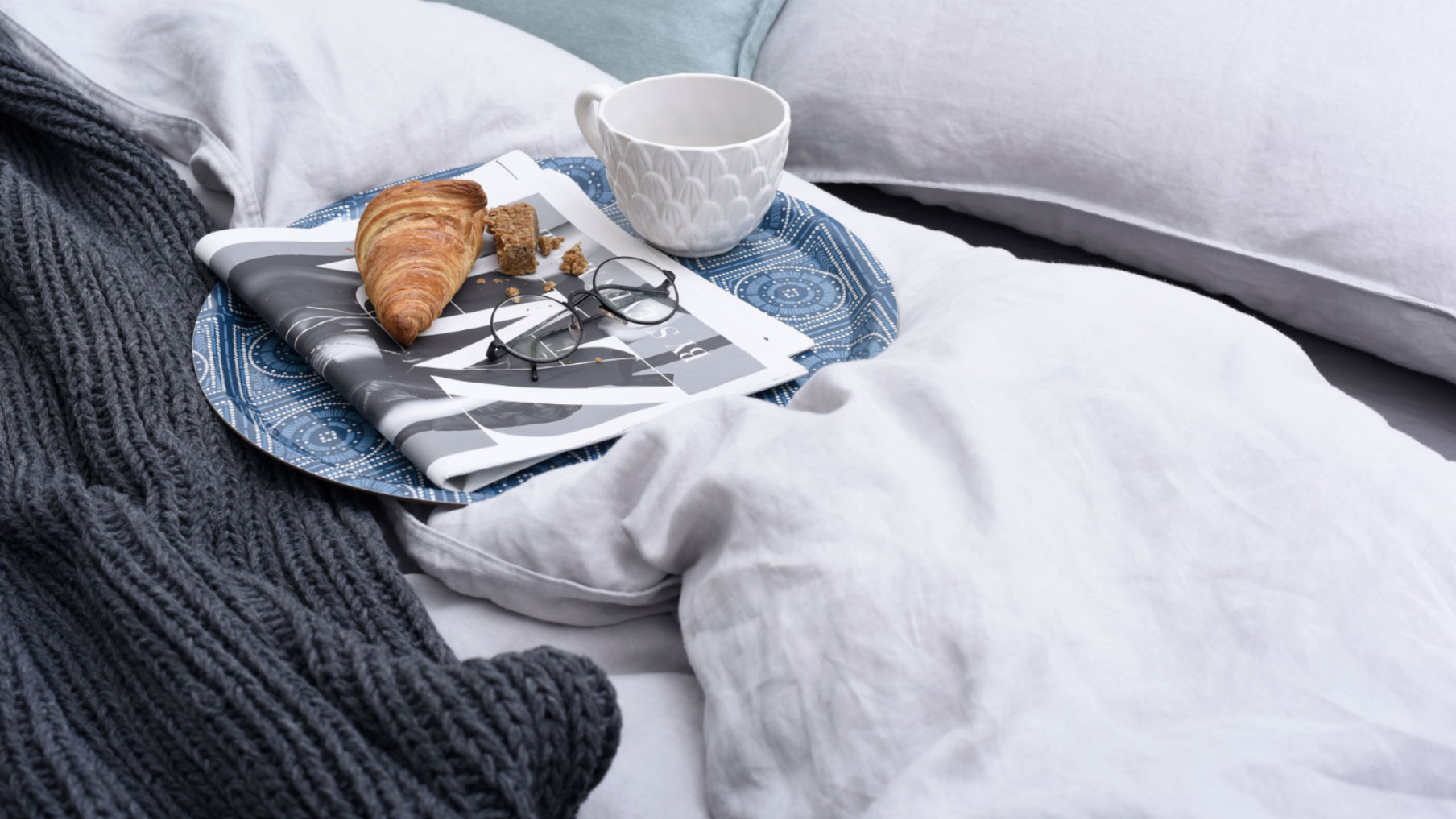
Used the summer holidays as an excuse for long lie ins and breakfast in bed? We don't blame you – but if you've spilt your tea/coffee/bacon on to the bed, you might need to know how to remove spills from your mattress. Here's how:
1. Identify the stain first and use our guide to cleaning a mattress to take the right approach. But as a cover-all, you can use a combination of spraying your mattress with anti-bacterial white vinegar and then sprinkling it with baking soda. Allow it to bubble then put a towel over it for a couple of hours. Then, vacuum up any residual baking soda and allow the stain to air dry. The smell of vinegar will disappear as the mattress dries. Repeat if necessary.
How to remove stains from a toilet
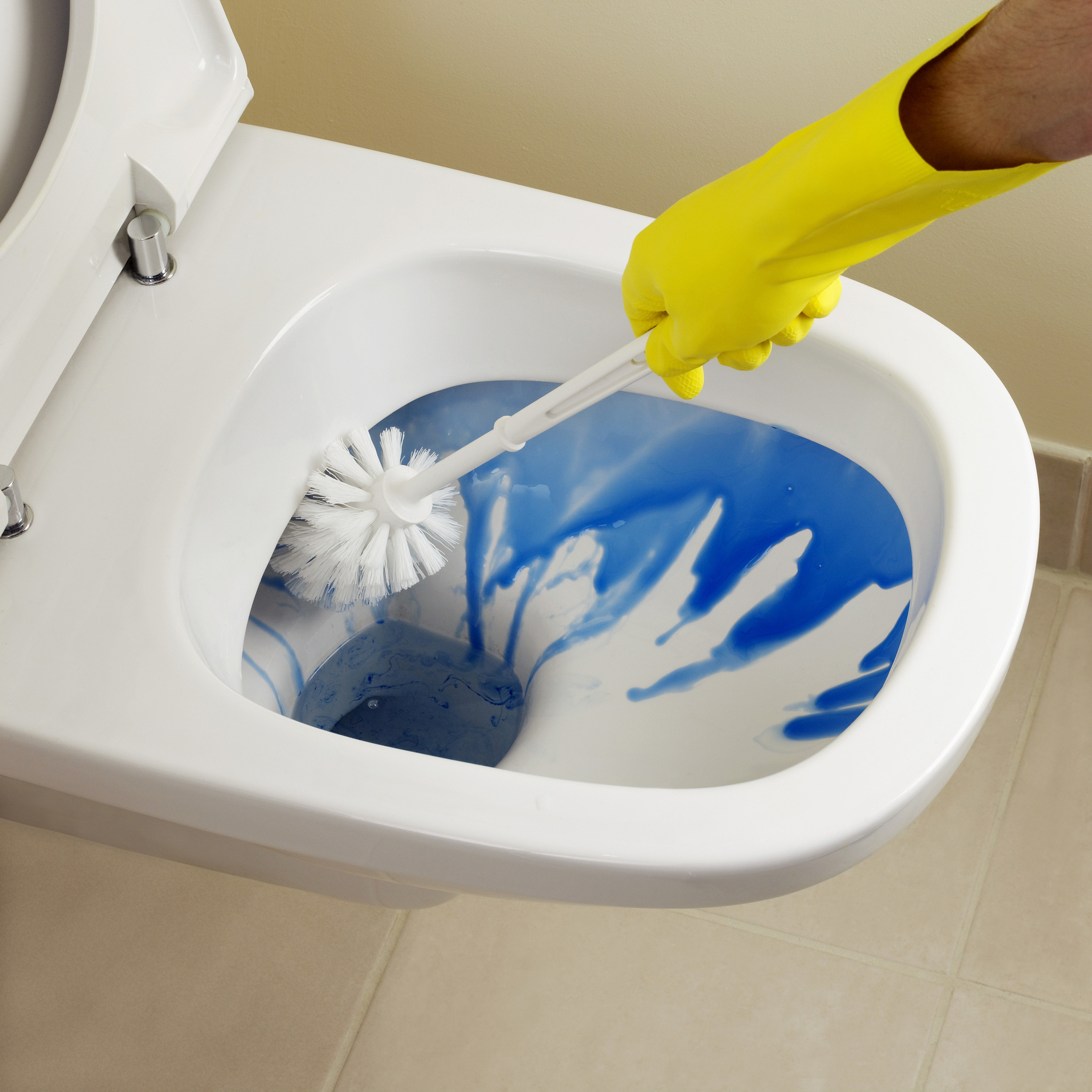
Throwing a summer garden party and want your home to look tip top? Here's how to get that guest loo squeaky clean.
1. Of course, you can use a household bleach, like Domestos, to clean your toilet of stains. Simply squirt it liberally around the bowl, leave for half an hour, scrub thoroughly, leave for another half an hour, scrub again, then flush. Don't miss our pick of the very best toilet cleaning products to speed up the, ahem, job.
2. But if you want to remove toilet stains naturally, baking soda and vinegar are your best friends. Simply pour a cup full of vinegar around the bowl (or spritz if you've got it in a bottle), and leave for a minute or two. Then sprinkle a cup of baking soda around the bowl, leave for a minute or two and add another couple of cups of vinegar. There should be a fizzing noise, which is the mix doing its magic. Leave it for five minutes – longer is fine – then scrub the toilet bowl. Flush and repeat if necessary.
Use our guide to cleaning a toilet for more loo-sparkling hacks.
Join our newsletter
Get small space home decor ideas, celeb inspiration, DIY tips and more, straight to your inbox!
-
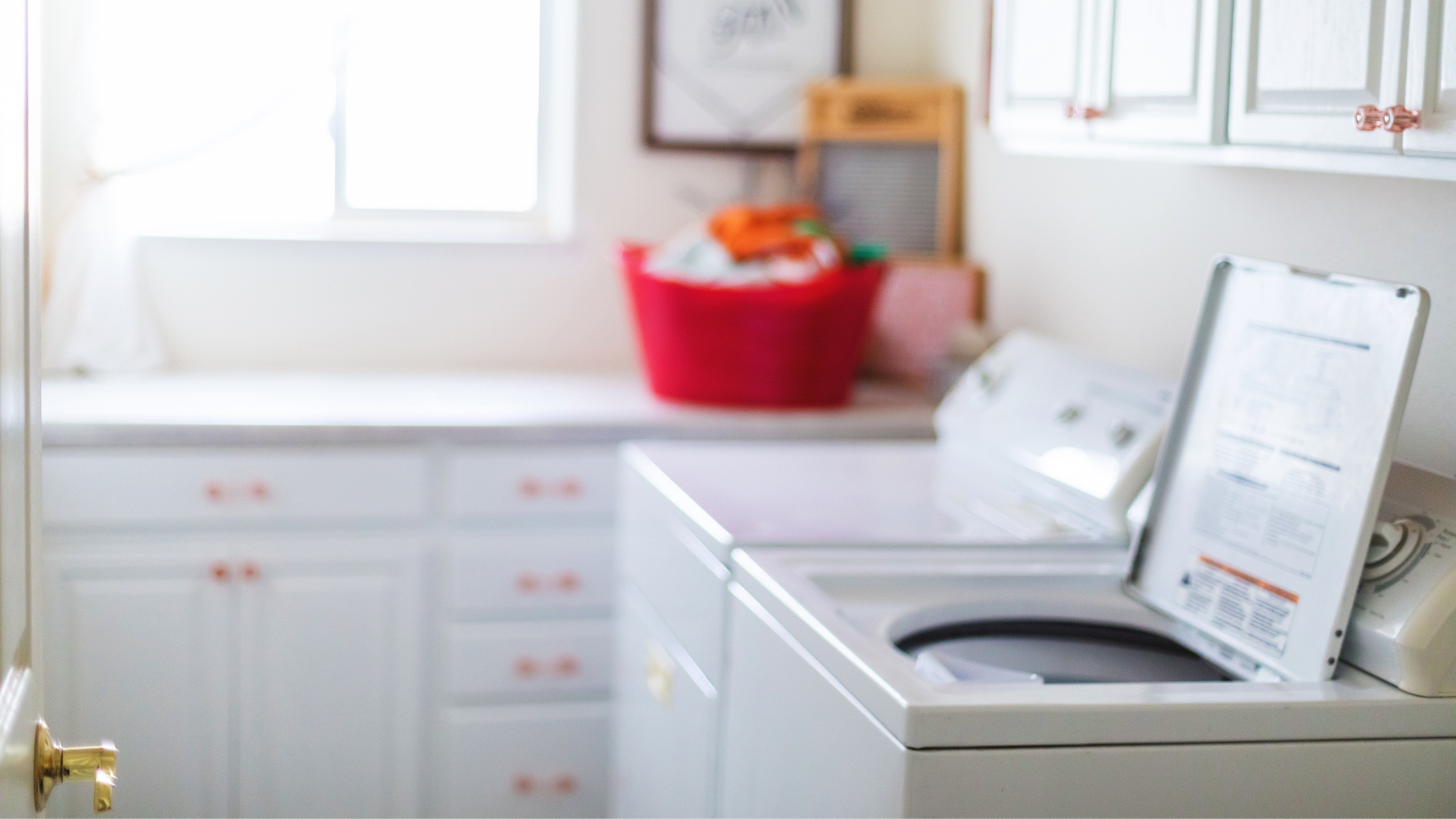 How to clean a top-loading washing machine in four easy steps
How to clean a top-loading washing machine in four easy stepsCleaning The easiest steps and best products to clean a top-loading washing machine
By Punteha van Terheyden
-
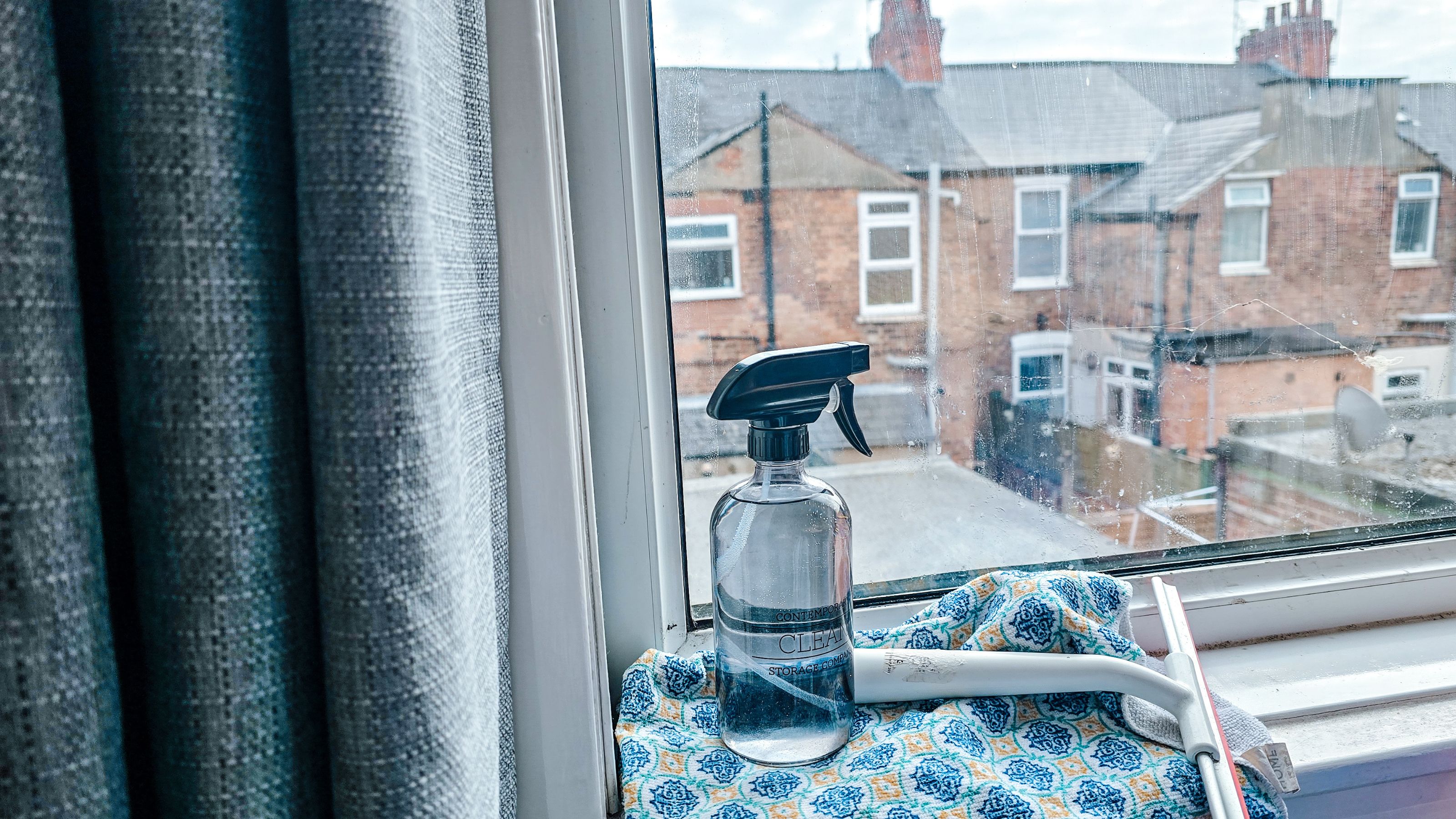 How to clean windows without streaks — 5 easy steps that cleaning pros always follow
How to clean windows without streaks — 5 easy steps that cleaning pros always followThis method on how to clean windows is favored by professional cleaners. We've asked them for the steps you should follow, plus picked cleaning buys
By Eve Smallman
-
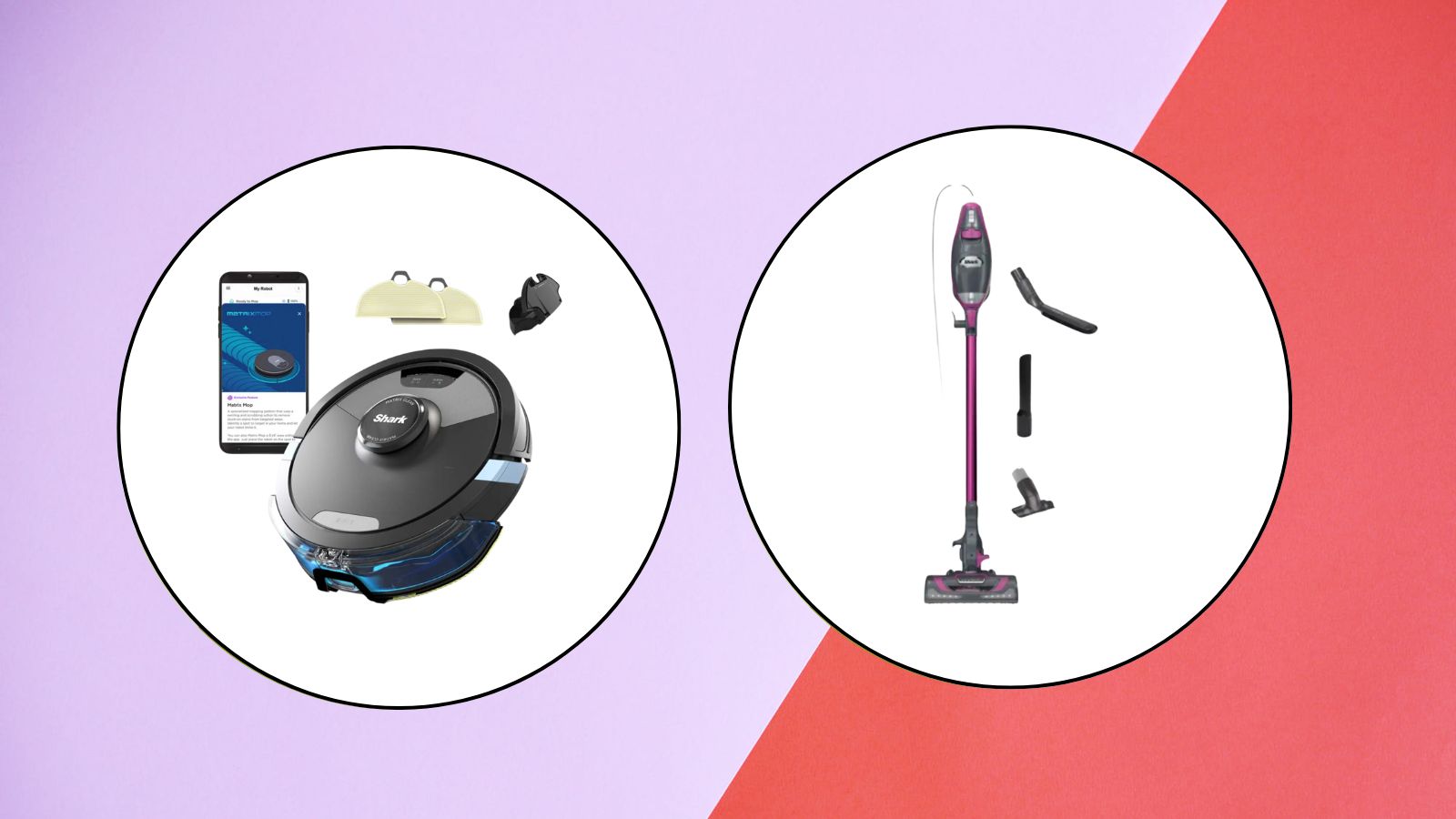 The latest Shark sale deals are perfect for pollen-proofing your home — with up to $150 off our favorite vacuums
The latest Shark sale deals are perfect for pollen-proofing your home — with up to $150 off our favorite vacuumsWe found the latest Shark sale deals on vacuums that are sure to be swooped up, especially as spring blooms trigger pollen allergies and we're in need of extra cleaning
By Danielle Valente
-
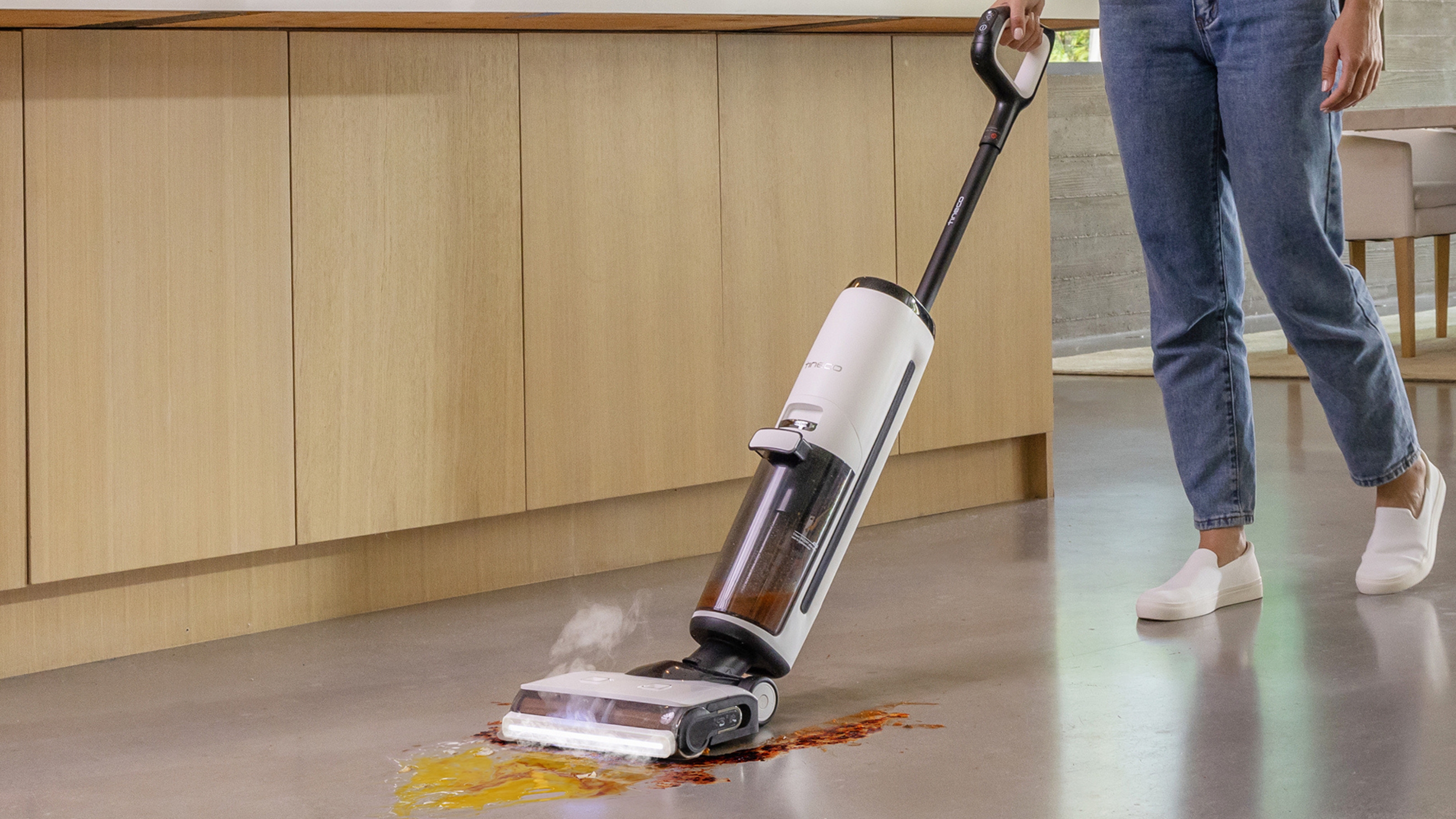
 Tineco Floor One S7 steam wet-dry vacuum review — spotless floors with minimal effort
Tineco Floor One S7 steam wet-dry vacuum review — spotless floors with minimal effortOur contributing editor, Camryn Rabideau, tests the Tineco Floor One S7 steam wet-dry vacuum in her New England homestead property
By Camryn Rabideau
-
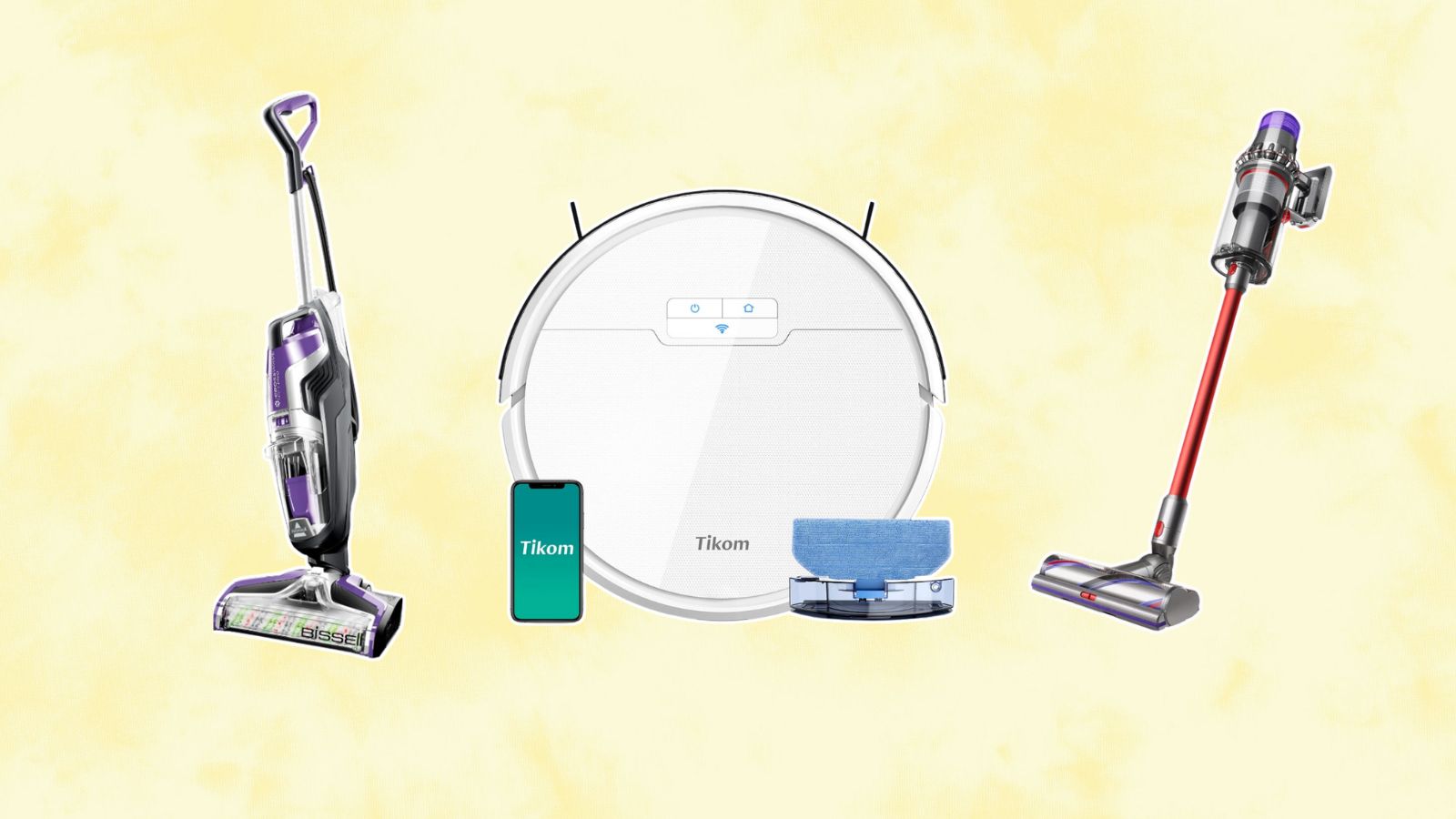 Amazon vacuum cleaners to nab during the retailer's Big Spring Sale — save up to 60% off our go-to small-space finds
Amazon vacuum cleaners to nab during the retailer's Big Spring Sale — save up to 60% off our go-to small-space findsChecking out the savings on Amazon? Vacuum cleaners are a must-buy during their first Big Spring Sale — here are our favorites up to 60% off
By Danielle Valente
-
 The Home Edit Walmart cleaning collection has just debuted with finds from $3
The Home Edit Walmart cleaning collection has just debuted with finds from $3Spring cleaning, anyone? The Home Edit Walmart cleaning collection has hit shelves with picks from $3
By Danielle Valente
-
 How to clean carpet on stairs — 3 simple steps to a spruced up staircase
How to clean carpet on stairs — 3 simple steps to a spruced up staircaseWant to know how to clean carpet on stairs? Our experts explain the simple steps to a sparkling stairway without too much elbow grease
By Andy van Terheyden
-
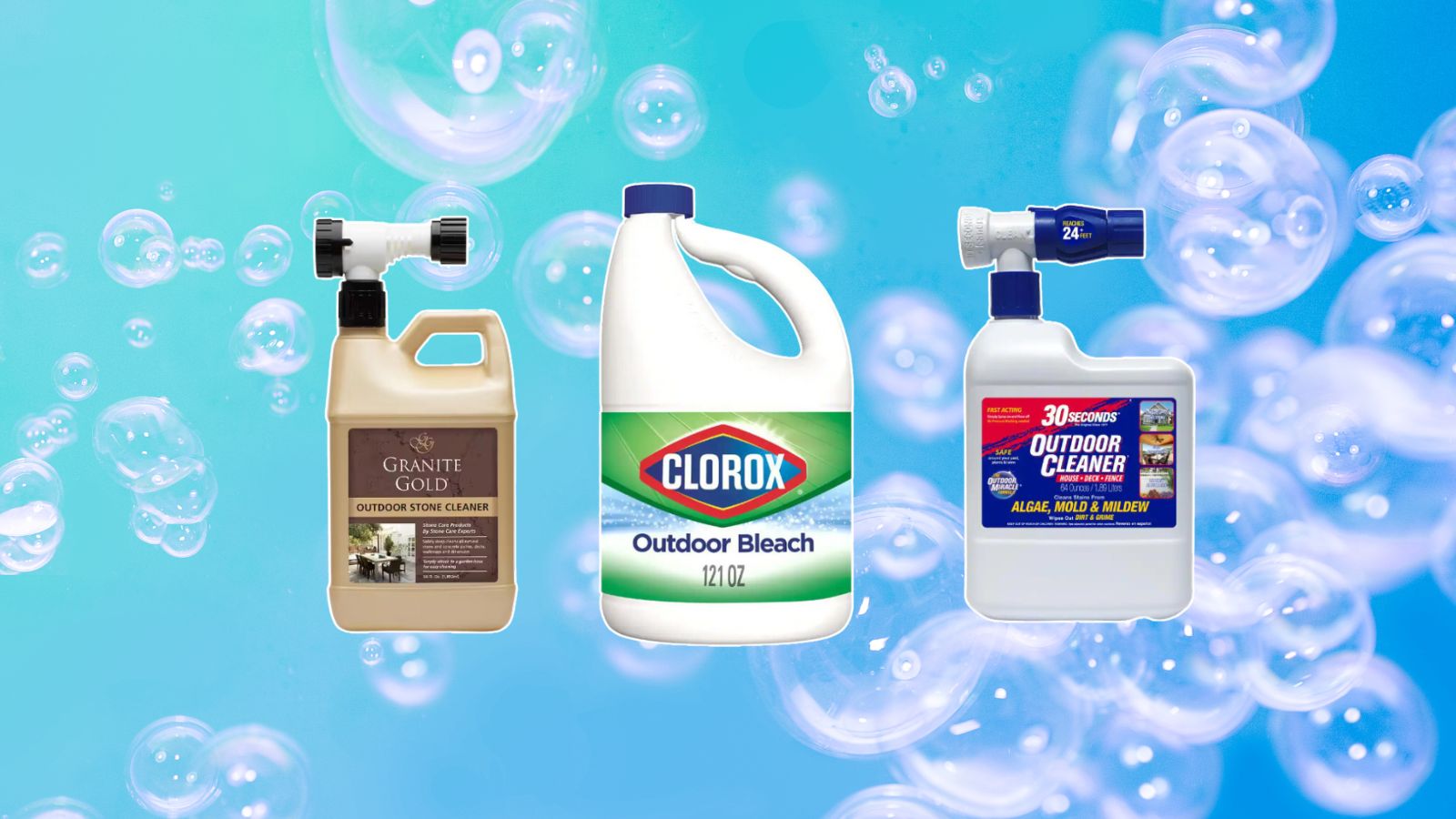 The Home Depot backyard and patio cleaning supplies we're stocking up on before spring
The Home Depot backyard and patio cleaning supplies we're stocking up on before springDon't forget the outdoors when spring cleaning — The Home Depot backyard and patio cleaning buys from $11 will assist with tidying up
By Danielle Valente
